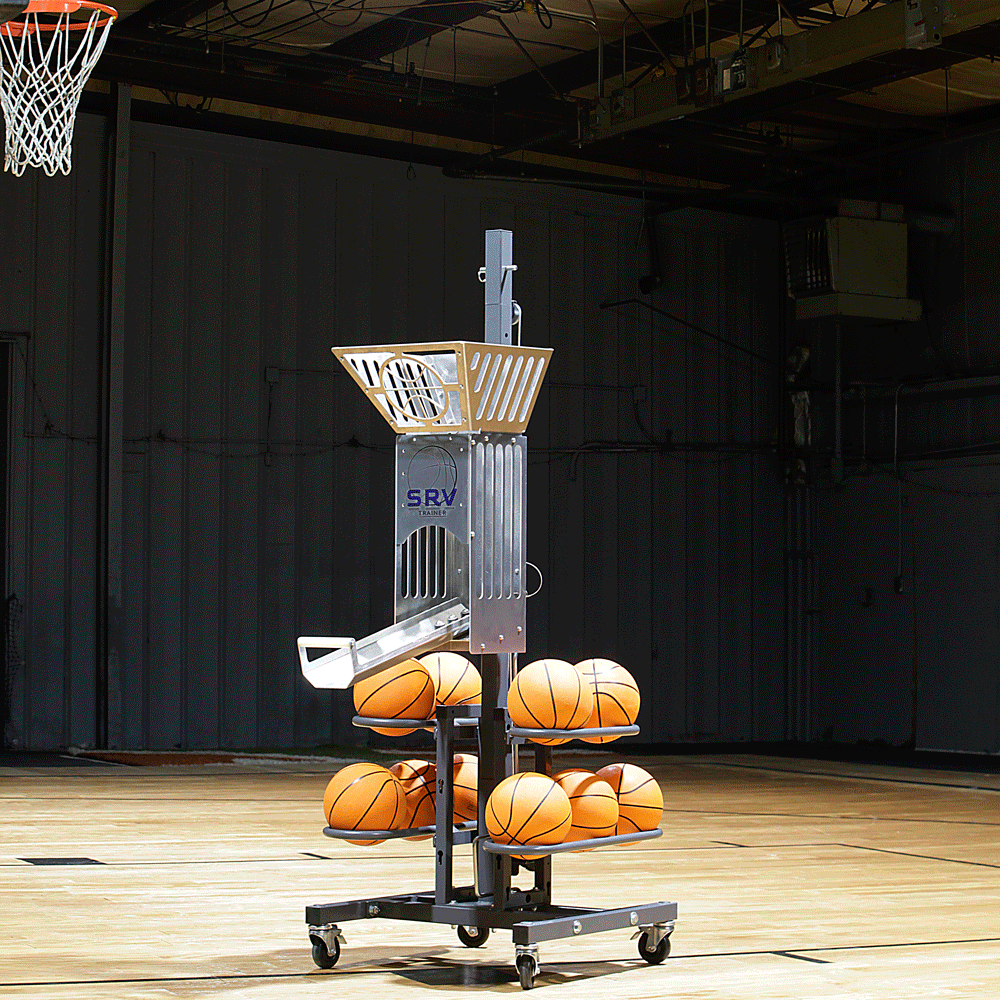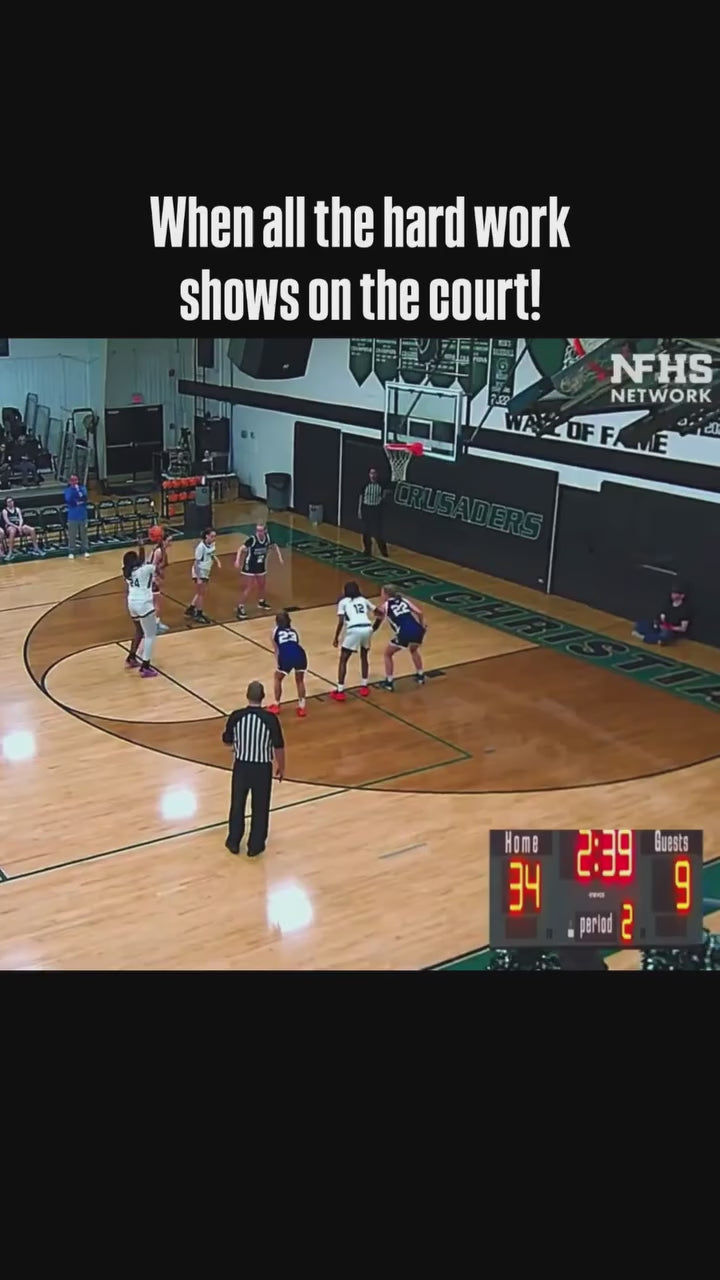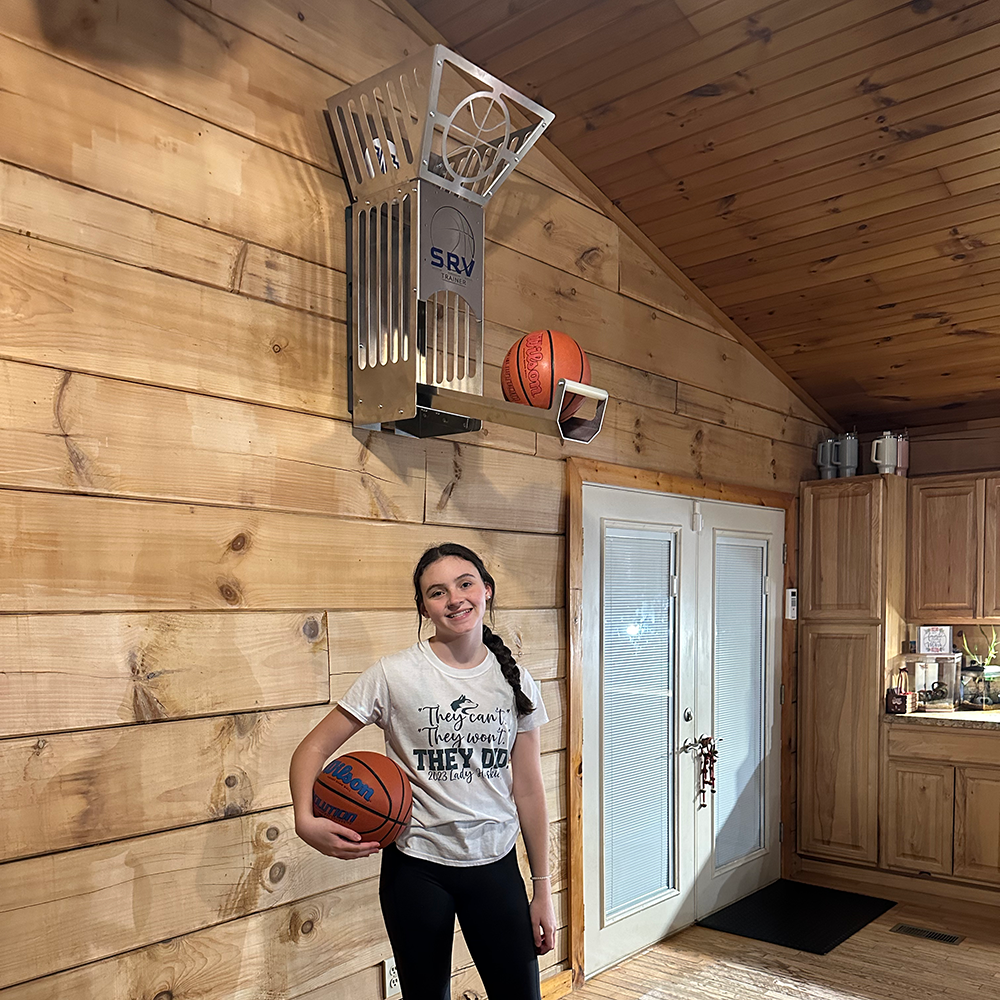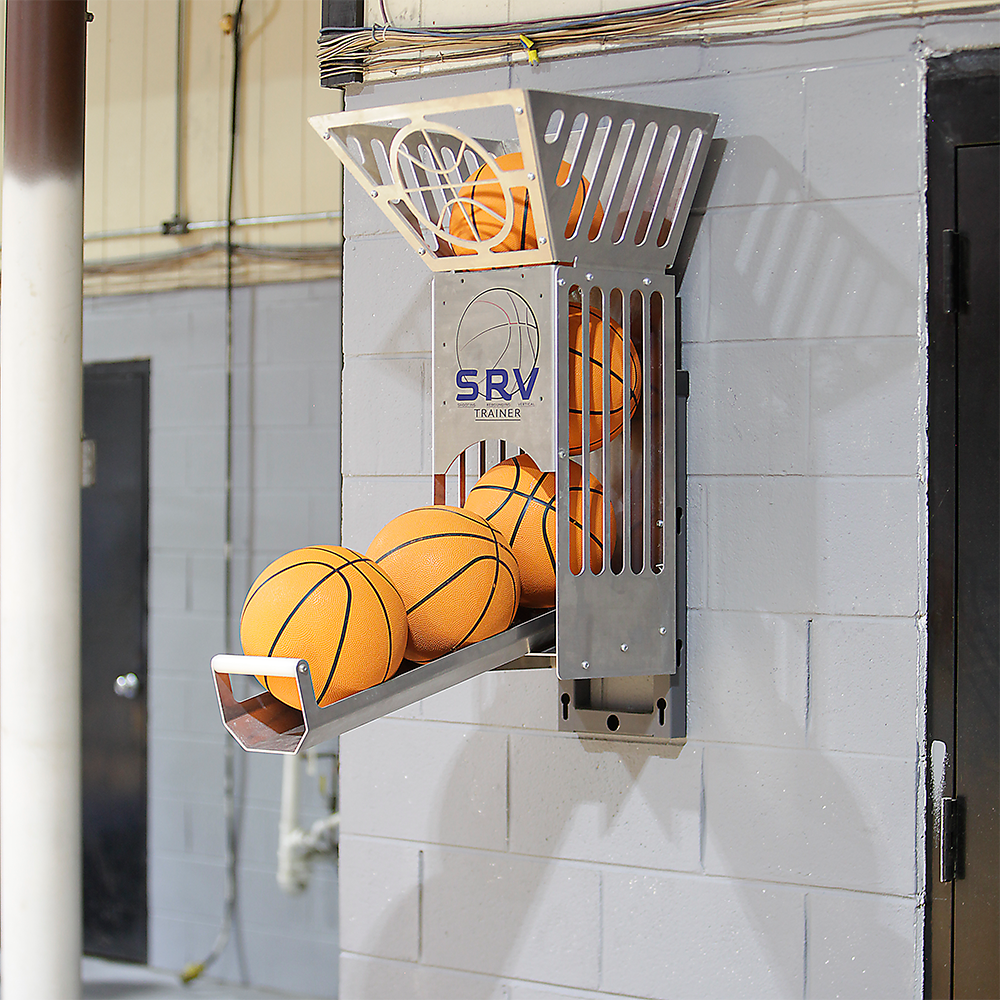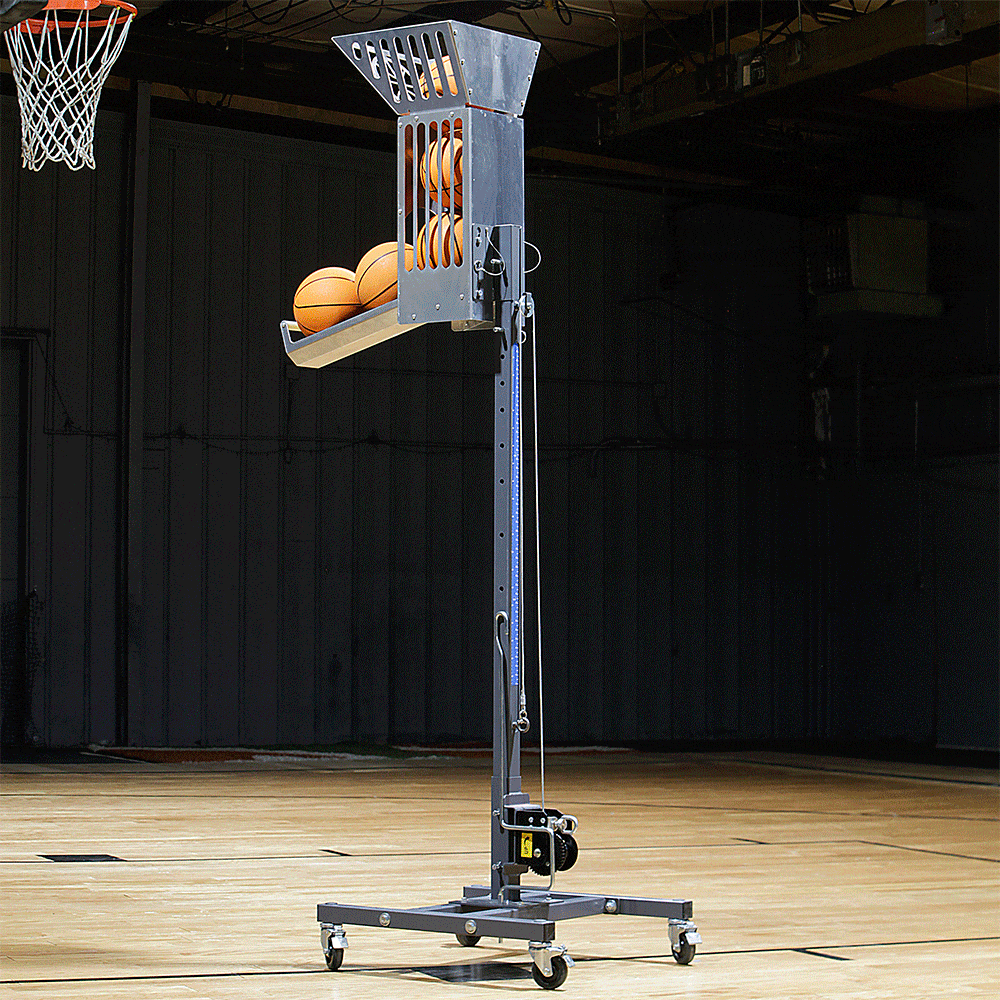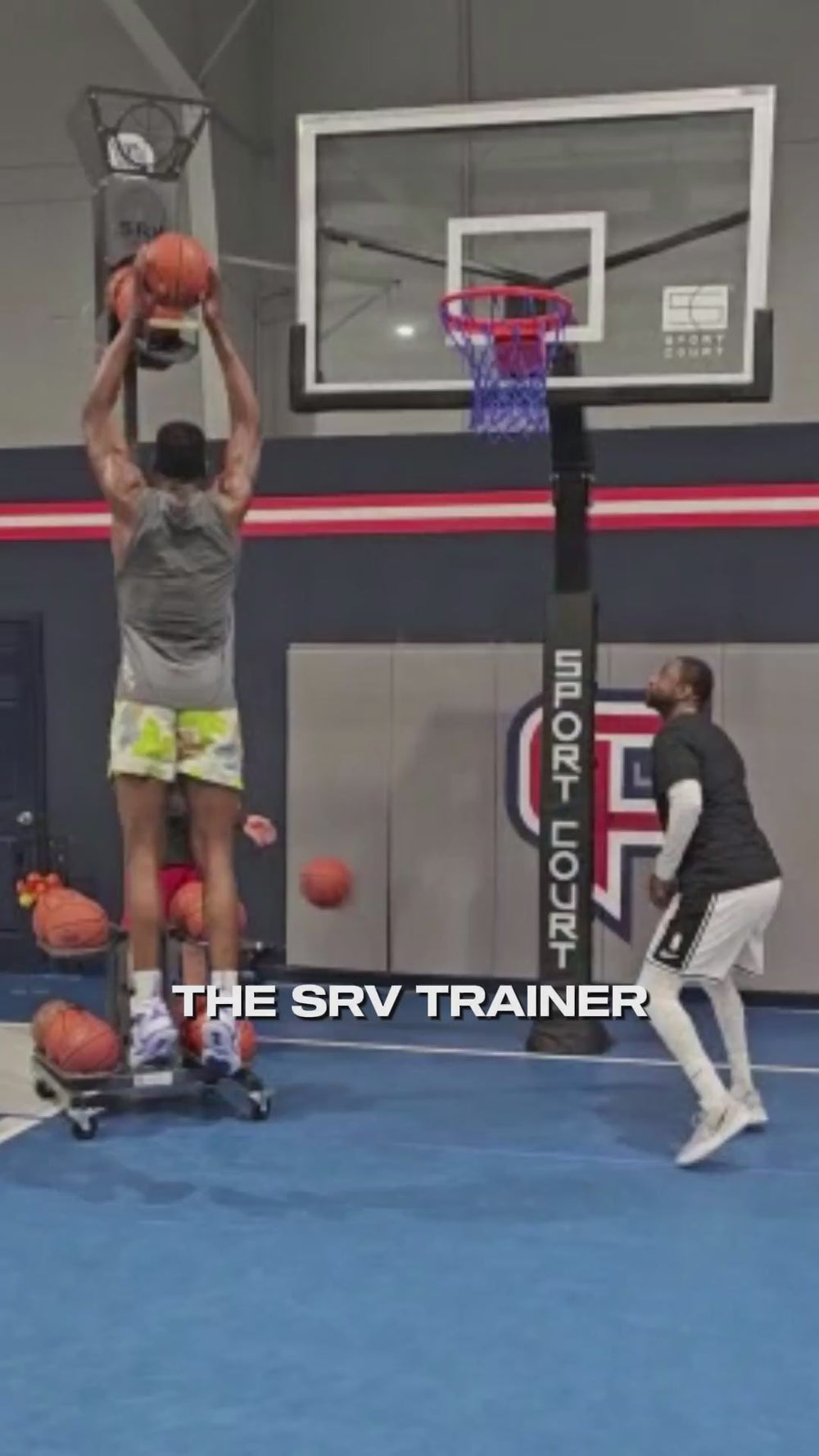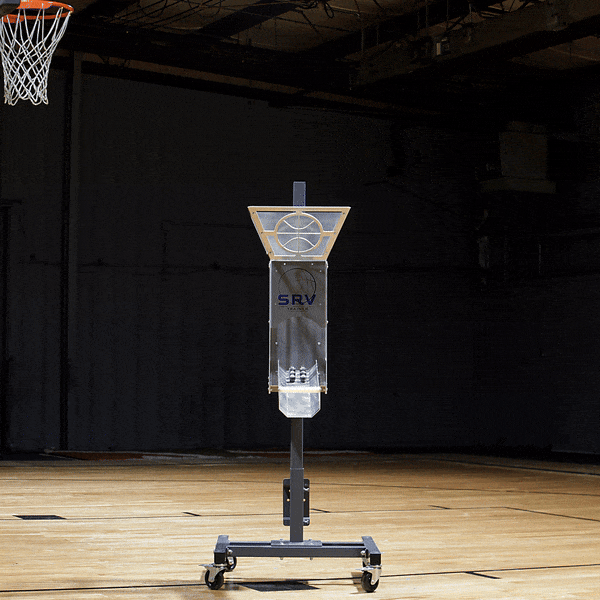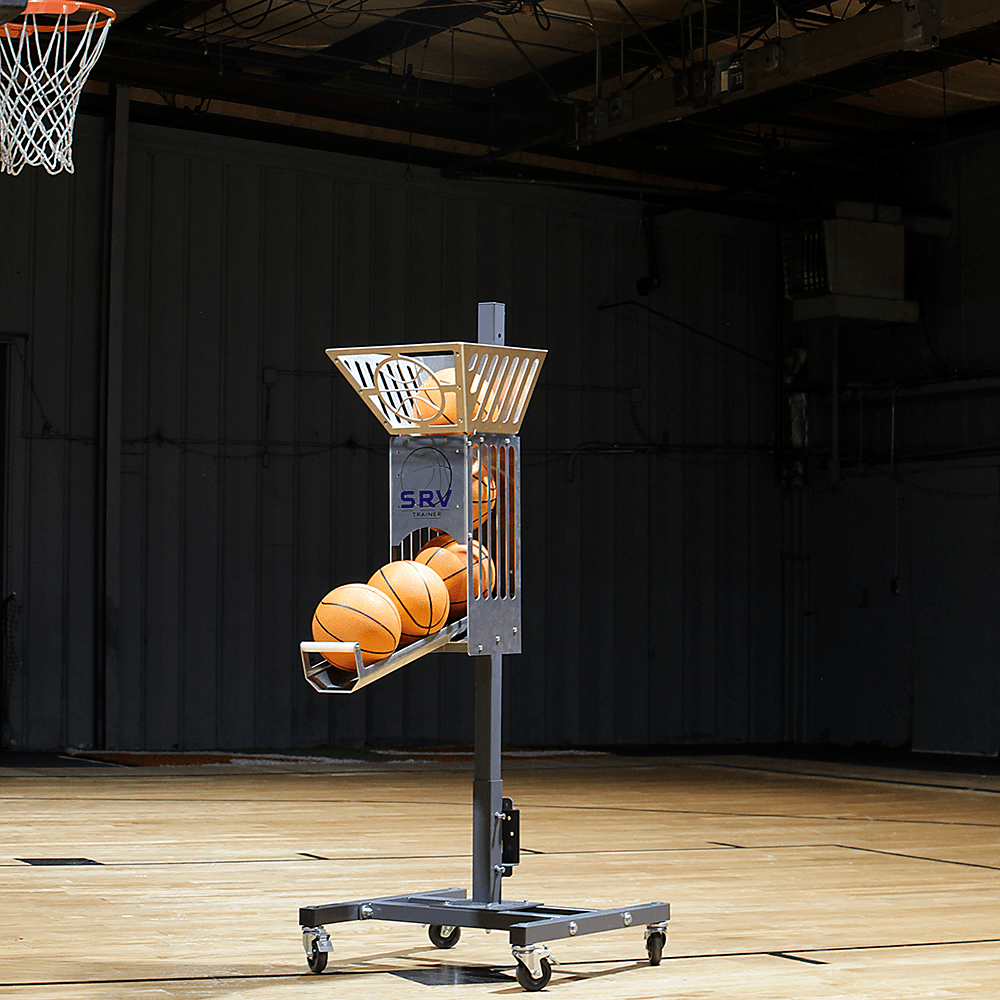Basketball training is an exciting journey filled with growth, challenges, and the thrill of improving skills. For young athletes and their families, the commitment to practice, drills, and games often brings a sense of purpose and motivation. There’s nothing quite like the feeling of making progress on the court and getting closer to those big goals—whether it’s making the school team, earning a college scholarship, or simply playing the game they love.
However, finding the right balance between pushing hard enough to improve and avoiding burnout can be tricky. Too little practice might stall development, but too much can lead to physical exhaustion, mental fatigue, and a loss of passion for the game. Burnout is a real risk that can derail even the most talented and dedicated players if they aren’t careful.
That’s why understanding the proper frequency of basketball training sessions is so important. Training smart means knowing when to push, when to rest, and how to keep workouts both effective and enjoyable. Striking this balance ensures athletes stay motivated, improve consistently, and avoid the pitfalls of overtraining.
Modern training tools like the SRV Trainer play a vital role in supporting balanced training routines. By offering engaging, game-like drills that build skills efficiently, the SRV Trainer helps athletes maximize their practice time without unnecessary strain. It’s a great way to keep training fun, functional, and sustainable—key ingredients for long-term success on the court.
What is Athlete Burnout and How to Avoid It?
Athlete burnout is a state of physical, mental, and emotional exhaustion that results from prolonged periods of intense training and competition without adequate rest. It goes beyond just feeling tired after a tough practice—it can leave players feeling drained, unmotivated, and disconnected from the sport they once loved. Burnout can negatively impact performance, increase the risk of injury, and even lead some athletes to quit playing altogether.
Recognizing the signs of burnout early is crucial for preventing it from worsening. Common symptoms include persistent fatigue, a sudden drop in motivation or enthusiasm for basketball, decreased performance during games or practices, and irritability or mood swings. If these signs appear, it’s often a signal that the athlete’s body and mind need a break.
Rest and recovery are essential components of any effective training program. Allowing time for the body to heal and the mind to recharge helps prevent overuse injuries and keeps players mentally fresh. Encouraging athletes to listen to their bodies—paying attention to soreness, fatigue, or feelings of burnout—can guide them to know when to push forward and when to slow down.
To avoid burnout, it’s important to schedule training sessions thoughtfully, balancing intense practice with adequate rest days. Incorporating variety into training—mixing skill drills, conditioning, and fun, game-like activities—can keep players engaged and motivated. By building a well-rounded routine that values both effort and recovery, athletes are more likely to stay energized, passionate, and ready to perform at their best.
Making Basketball Training Fun and Functional
Keeping basketball training fun isn’t just about entertainment—it’s a key factor in sustaining motivation and long-term commitment to the sport. When players enjoy what they’re doing, they’re more likely to stay consistent, give their best effort, and develop a genuine love for the game. Enjoyment turns training from a chore into a challenge they look forward to, and that positive mindset can make a huge difference in how they grow as athletes.
That’s where functional training comes in. Functional basketball training focuses on improving skills that translate directly to game situations—like decision-making, reaction time, and multitasking under pressure. While repetitive drills have their place, doing the same moves over and over without context can become monotonous. Functional drills simulate real-game scenarios, helping players think faster, move smarter, and adapt better during competition.
Incorporating games, challenges, and interactive tools can take functional training to the next level. Turning drills into friendly competitions, setting time or accuracy goals, or using equipment like the SRV Trainer makes practice more engaging and effective. The SRV Trainer, for example, blends movement, vision, and timing to create dynamic, game-like reps that sharpen both physical and mental skills. These types of training experiences not only keep players more engaged but also reinforce the idea that getting better can be both productive and fun.
The Importance of Unstructured Basketball Play and Training
Unstructured play refers to the kind of spontaneous, player-led basketball activity that isn’t guided by coaches or rigid drills. This could be anything from pickup games at the park, shooting around in the driveway, or experimenting with moves during free gym time. Unlike formal practices, unstructured play has no set agenda—just the game, the players, and whatever they create together in the moment.
The benefits of this kind of play are enormous. First and foremost, it’s fun—which helps reduce stress and reinforces a love for the game. It also fosters creativity, allowing players to try out new moves, take risks, and develop a unique playing style without fear of failure or correction. During unstructured play, athletes must constantly adapt and make quick decisions, which strengthens their basketball IQ and ability to read the court in real-time.
Because it’s driven by the player rather than a coach or structured plan, unstructured time encourages natural instinct development. Kids learn how to handle different game situations on the fly, solve problems under pressure, and recognize patterns in opponents’ behavior. These experiences build a sense of confidence and self-reliance that structured training alone often can’t replicate. In short, unstructured play is where players fall in love with the game and start to think like real basketball players—not just athletes following a drill.
The Role of Structured Basketball Play and Training
Structured play and training are essential components of a well-rounded basketball development plan. This type of training involves organized, intentional sessions focused on specific goals—such as shooting mechanics, ball-handling drills, defensive positioning, or strength and conditioning. These workouts are often coach-led or follow a clear progression to help athletes develop the technical and physical skills needed to perform at higher levels of the game.
The biggest advantage of structured training is its targeted approach. Players can focus on specific weaknesses, track their progress, and build foundational skills with consistency. Over time, structured sessions allow for measurable improvement, whether it’s increasing shooting accuracy, lowering sprint times, or mastering complex footwork. The routine and repetition found in structured training help athletes build confidence in their abilities and maintain a steady rate of development.
That said, structure doesn’t have to mean boring or rigid. The key is to balance structure with flexibility. Varying drills, setting new challenges, and incorporating tools like the SRV Trainer can keep things fresh and engaging. The SRV Trainer, for example, offers structured drills that are also interactive and dynamic—helping athletes stay focused without falling into the trap of monotony. When structured training is both purposeful and enjoyable, it becomes a powerful tool for long-term growth and sustained motivation.
How the SRV Trainer Helps Maintain Balance in Your Basketball Training
The SRV Trainer is a high-performance basketball training tool designed to enhance skill development through motion-based, multitasking drills. What sets it apart is its ability to simulate real-game conditions using visual cues and rebounding action, training athletes not just physically but cognitively. From improving hand-eye coordination and reaction time to building muscle memory and decision-making, the SRV Trainer is engineered to develop smarter, more well-rounded players.
One of its greatest strengths is its ability to blend structured skill-building with fun, game-like experiences. Athletes can follow planned drills that target specific skills like ball control, footwork, or passing under pressure, while still feeling like they’re playing—not just practicing. This balance between productivity and play keeps players engaged and helps them stay motivated even during solo sessions.
The SRV Trainer also offers incredible flexibility, which is key in avoiding burnout. Because it’s easy to set up and customize, players can adjust the intensity, duration, and type of drill based on their energy levels or daily schedule. Whether they have ten minutes or a full hour, they can still get meaningful, high-quality reps in—without needing a coach or a full team present.
By supporting consistent training at the right pace, the SRV Trainer helps athletes make measurable progress without overtraining. It encourages smart, intentional practice that prioritizes both physical development and mental sharpness. For parents and coaches looking to keep their players healthy, focused, and growing, the SRV Trainer is a powerful solution that keeps training balanced, efficient, and fun.
Smart Training Leads to Long-Term Success
In the world of youth basketball, success isn’t just about who trains the hardest—it’s about who trains the smartest. Finding the right balance between consistent effort and proper rest is key to long-term development and avoiding burnout. While pushing through tough workouts is part of becoming a better player, knowing when to rest and recharge is just as important for maintaining motivation, health, and love for the game.
Both players and parents should stay in tune with how the body and mind are feeling. Signs of fatigue, stress, or lack of enthusiasm shouldn’t be ignored—they’re signals that adjustments are needed. Prioritizing enjoyment, variety, and recovery helps young athletes stay in the game longer and grow not only as players but as people. When basketball remains fun and meaningful, players are far more likely to stick with it and reach their potential.
For those looking to build a training routine that’s both effective and sustainable, the SRV Trainer is an excellent tool to explore. It supports structured skill development while keeping workouts dynamic and enjoyable. Whether you're working on reaction speed, ball control, or just looking for a fun way to get reps in at home, the SRV Trainer makes it easier to train with purpose—without burning out. Balanced training leads to better athletes, happier kids, and more fulfilling basketball journeys.



